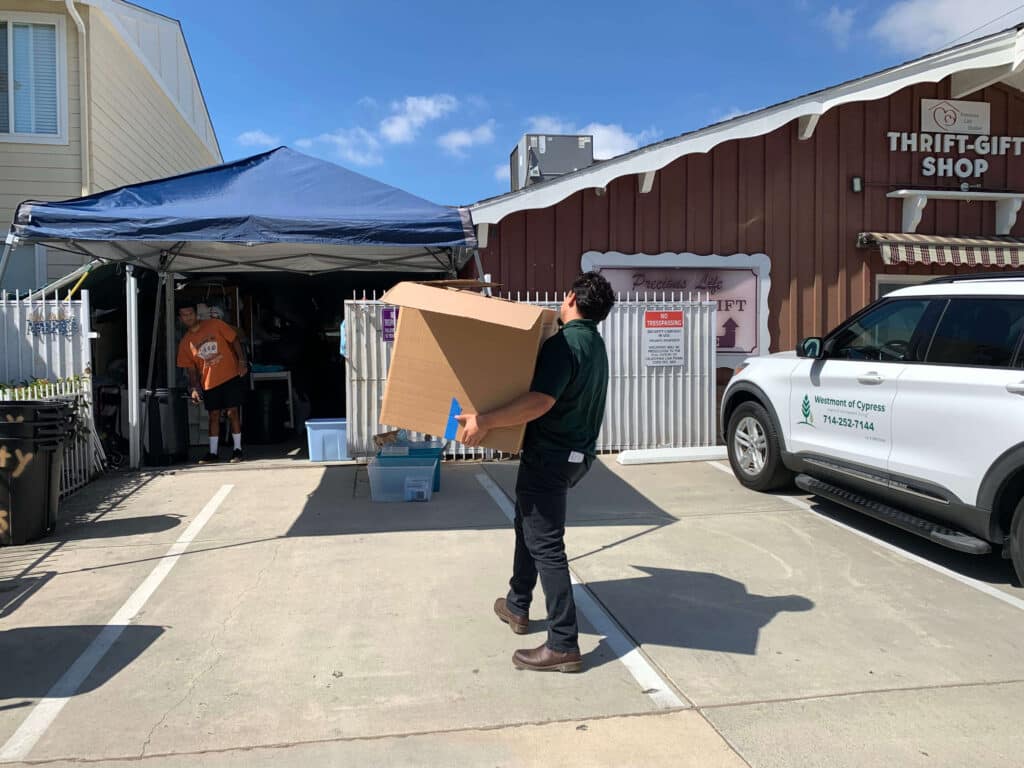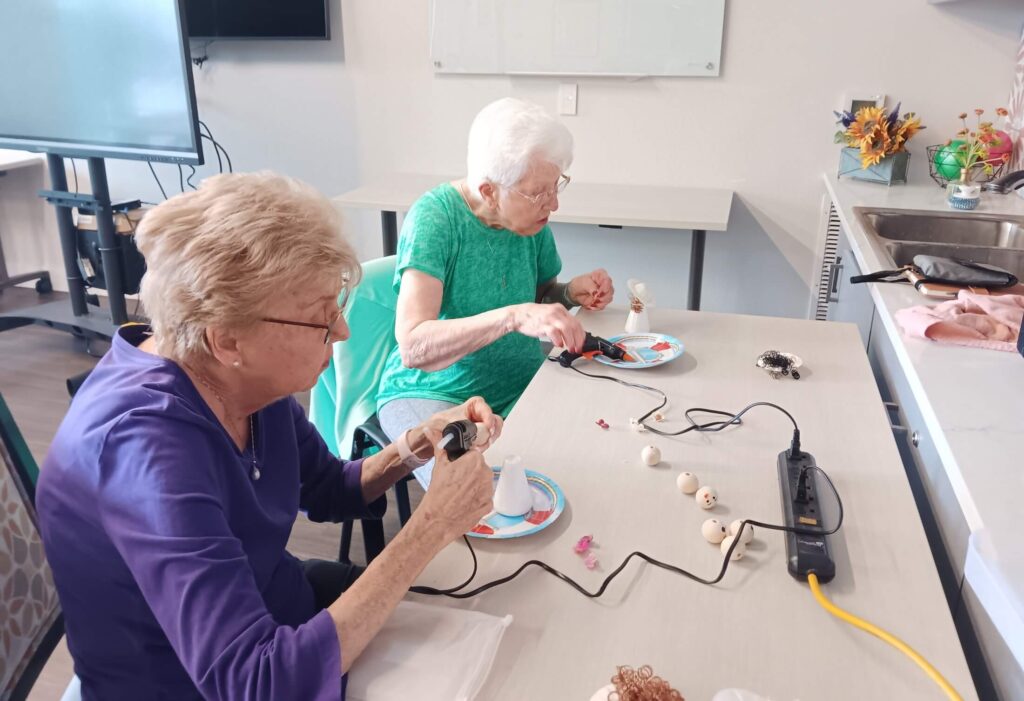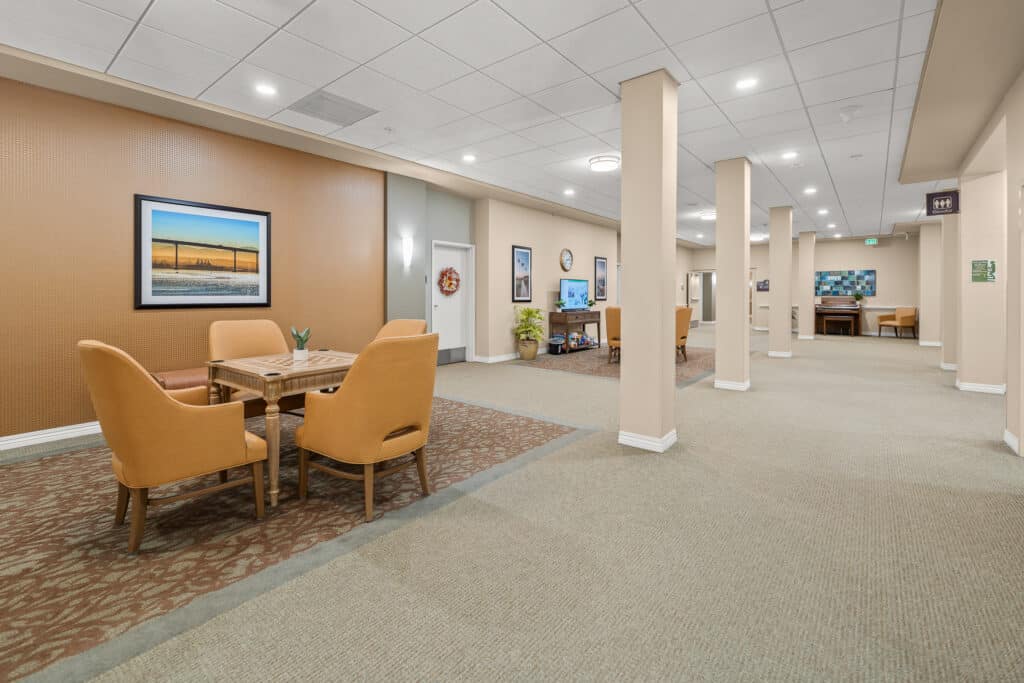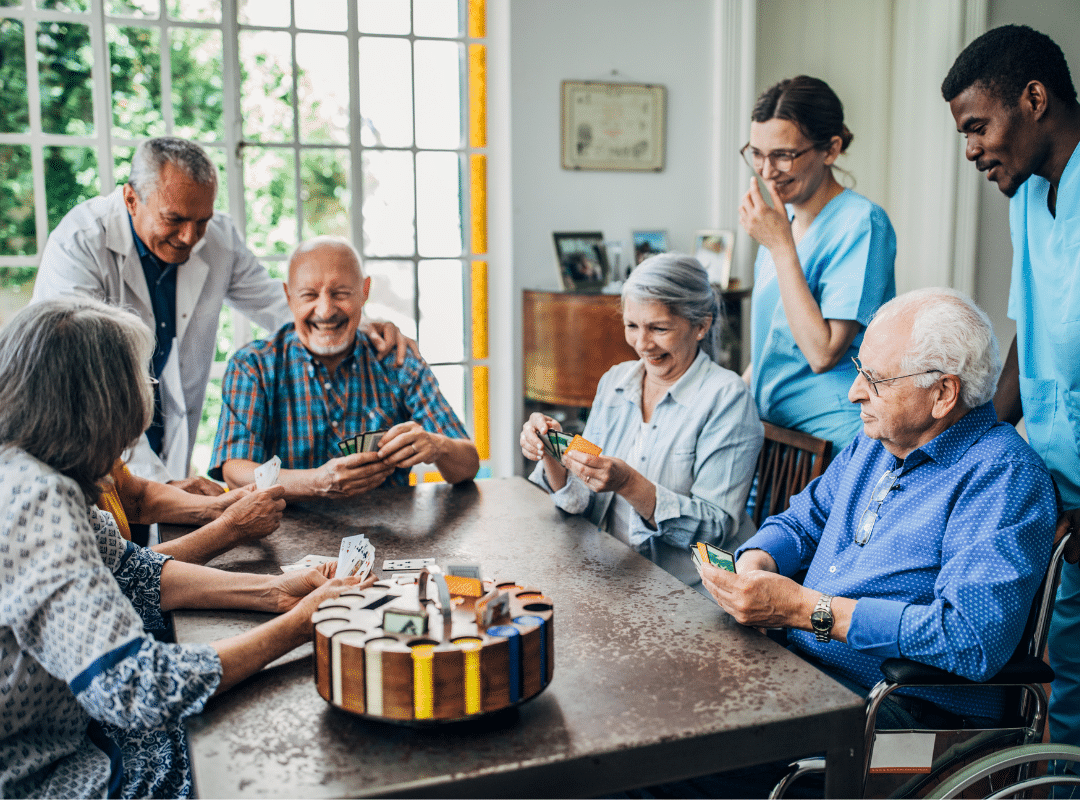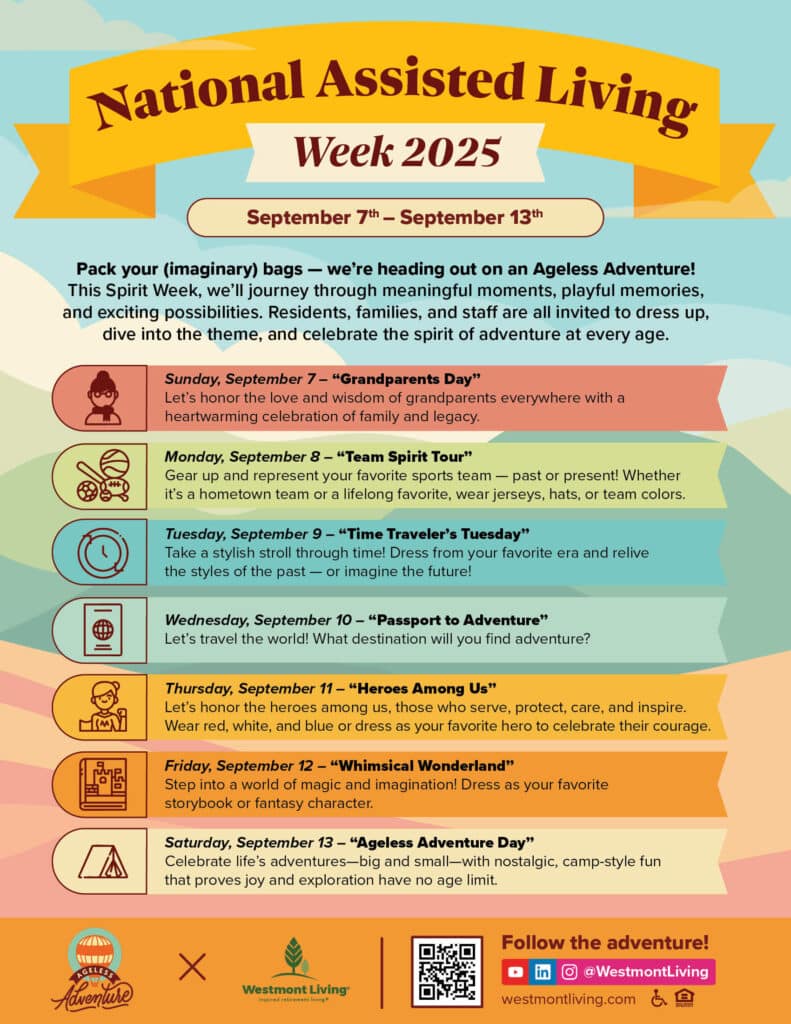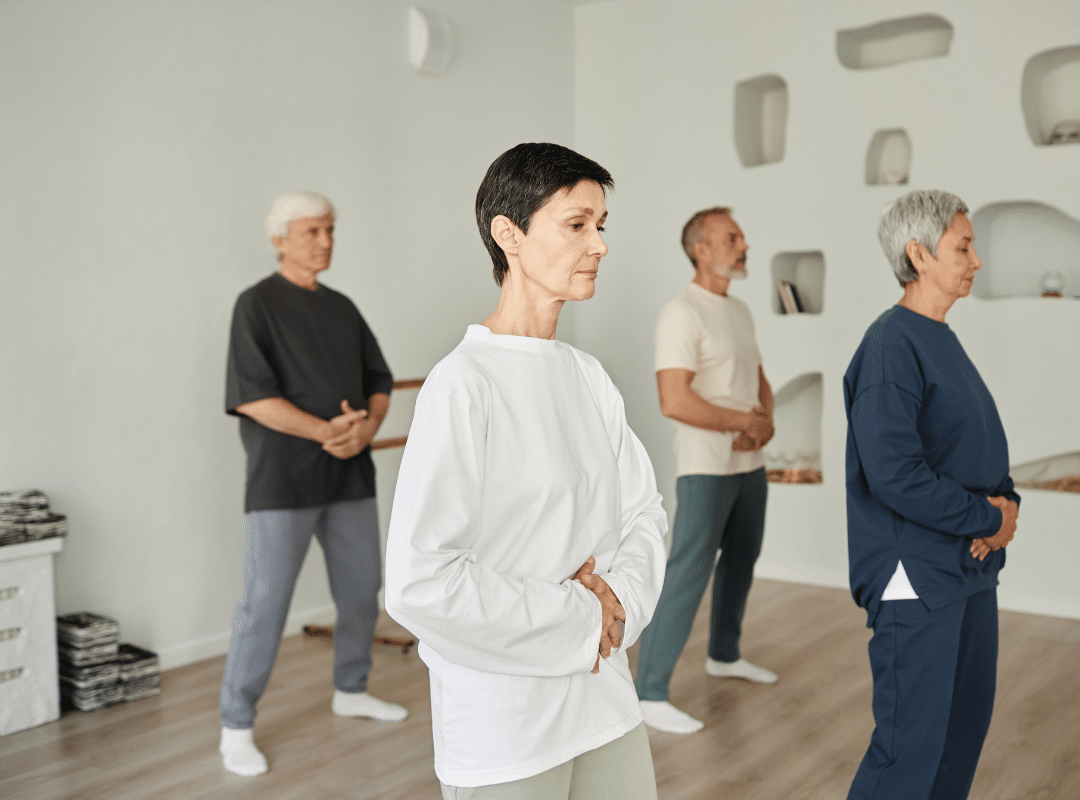Independent Living La Mesa: Supporting Senior Life
Choosing independent living in La Mesa offers a refreshing lifestyle shift for seniors looking to thrive in a supportive, enriching environment. At Westmont of La Mesa, residents embrace a community that values independence, dignity, and meaningful engagement.
This premier destination blends comfort and freedom with wellness-focused living. Whether you’re downsizing or seeking a more active social life, Westmont provides a sanctuary where every senior can flourish. Read on to discover how this inviting location is shaping the future of senior living.
Embracing a Vibrant Community Lifestyle
In a thriving environment like La Mesa, residents of independent living in La Mesa find the freedom to stay active and engaged. The community fosters connection through a range of events and programs tailored to every personality.
You’ll find enriching activities such as:
- Wellness workshops that support healthy habits
- Guided meditation and scenic walking groups
- Gardening and social clubs that spark creativity and friendship
This lifestyle is not just about staying busy—it’s about feeling fulfilled. Purpose-driven activities paired with personal passions foster a deep sense of belonging. With access to personalized care plans, residents receive the exact level of support they need, ensuring wellness and happiness in every moment.
Access to Comprehensive Amenities and Services
Residents of senior apartments in La Mesa enjoy amenities designed to empower daily life. From exceptional dining to effortless convenience, everything is tailored to comfort and independence.
What to Expect
- Gourmet meals crafted by an Executive Chef, available 24/7
- Housekeeping and maintenance services for carefree living
- Concierge and wellness services that support every need
Fitness centers, libraries, and organized social spaces make it easy to meet neighbors and explore interests. These offerings are designed to support a balanced lifestyle while upholding autonomy. As highlighted in senior living communities, the benefit of these resources is their ability to make each day more enjoyable, meaningful, and secure.
Prime Location and Convenient Accessibility
Living in independent living in La Mesa offers more than comfort—it places you near the best of Southern California. The area is known for its welcoming energy and easy access to essential services.
Local Benefits
- Nearby shops and eateries: Whether grabbing groceries or enjoying lunch with family, options abound.
- Cultural attractions: Art, music, and local festivals keep residents connected to the city’s heart.
- Transportation services: Reliable, door-to-door transport for outings and medical appointments.
Additionally, La Mesa is ideally located near assisted living in San Diego, allowing families to stay close even if needs change. For a look into the advantages of nearby support, consider the benefits shared in this article on senior housing.
Prioritizing Health and Safety Measures
Your health and peace of mind are central to daily life in this community. Westmont of La Mesa employs a proactive approach to resident safety, especially important in today’s evolving health landscape.
Health and Safety Protocols
- New resident screenings, including COVID-19 test verification
- Frequent cleaning and sanitization procedures
- Emergency call systems with pull cords and wearable devices
These thoughtful features are reinforced by wellness-based dining, as proper nutrition has a proven impact on senior health. Mindful eating is a central theme of life here, with menus designed to reduce the risk of chronic illness. By combining safety with quality care, seniors enjoy peace of mind without sacrificing their independence.
Resident-Centric Support and Feedback
Resident feedback is a cornerstone of Westmont’s success. The genuine connections and trust built here make Westmont of La Mesa reviews overwhelmingly positive. Residents often mention not just the services, but the emotional impact of living in such a supportive environment.
Resident Testimonials Highlight Community
Feedback shared by residents reveals three recurring themes:
- Supportive Staff: The team is consistently praised for their warmth and professionalism.
- Rich Programming: A variety of activities foster engagement and wellness.
- Comfortable Living: The community has a welcoming, home-like feel.
These stories reveal that this isn’t just a residence—it’s a place where seniors thrive together. Living at The Montera, as seen in wellness activities, supports not just the body, but the heart and mind as well.
Personalized Care and Support
While independent living in La Mesa focuses on autonomy, some residents may need light assistance. The Montera’s personalized care model ensures every individual’s needs are acknowledged with compassion and respect.
| Personalized Care | Tailored Support |
| Wellness-focused check-ins | Flexible assistance scheduling |
| Activity customization | Social engagement programming |
| Emotional wellness support | Open family communication |
Care plans are updated regularly based on resident preferences, ensuring a tailored experience. This attention to detail builds trust and empowers residents to maintain their dignity and identity.

Engaging Social Activities and Events
Socialization is the heartbeat of life at Westmont. Every week offers something new for residents seeking to connect, explore, or contribute.
Highlights Include
- Hobby-focused clubs: Book clubs, gardening, crafts, and more
- Lifelong learning: Skill-building and guest speakers
- Community volunteering: Give back through organized efforts
These social touchpoints support the emotional and cognitive health of seniors. Whether you’re drawn to conversation or creativity, there’s always something to look forward to.
For more on the mental health benefits of senior engagement, visit NCOA’s article on the impact of social connection.
Why Choose Westmont of La Mesa?
Choosing senior apartments in La Mesa isn’t just about the address—it’s about the lifestyle. Westmont combines luxury, wellness, and care in a way that few communities can match. You’re not just moving into a home; you’re stepping into a new chapter of life.
This community stands apart because of:
- Exceptional resident satisfaction
- Strong Westmont of La Mesa reviews
- Convenient access to assisted living near you
Whether you’re seeking vibrant independence or considering a transition for the future, Westmont meets you where you are, with open arms and endless opportunities.
Your Path to Fulfillment Starts at Westmont
Living in independent living in La Mesa means embracing more than a new residence—it means saying yes to vibrant experiences, compassionate care, and a lifestyle designed around you. At Westmont of La Mesa, your independence is honored, your health is prioritized, and your joy is essential.
As you explore your options, remember that senior living is not about stepping back—it’s about stepping forward with purpose. Choose a community that celebrates life in every season. Whether you’re planning for today or tomorrow, Westmont is here to walk with you.
To schedule your personalized tour, call 619-369-9700 or visit: Schedule a Tour.
Frequently Asked Questions
What is the average cost of independent living in California?
The average cost of independent living in California typically ranges between $3,000 and $4,500 per month. However, this amount can vary based on the location, amenities, and type of community. Cities like San Francisco and Los Angeles tend to be more expensive compared to smaller towns. Many communities offer tiered pricing, allowing residents to pay for only the services they need.
How is living in La Mesa?
Living in La Mesa offers a peaceful suburban environment with easy access to San Diego’s urban amenities. The city boasts a mild climate, friendly neighborhoods, and numerous parks and cultural attractions. It’s an ideal place for seniors seeking both relaxation and community engagement. Public transportation and healthcare facilities are also conveniently accessible.
What is the minimum age for independent living?
Most independent living communities require residents to be at least 55 years old. Some may set the minimum age at 62, depending on the type of housing and services offered. These age requirements help ensure the community is tailored to senior lifestyles and needs. Always check with individual communities for their specific age policies.
What is independent living in California?
Independent living in California refers to residential communities designed for seniors who are generally healthy and active but want a maintenance-free lifestyle. These communities often provide amenities like meal plans, housekeeping, transportation, and social activities. Unlike assisted living, independent living does not offer personal care or medical services. It’s a great option for seniors who value autonomy with convenient support.












